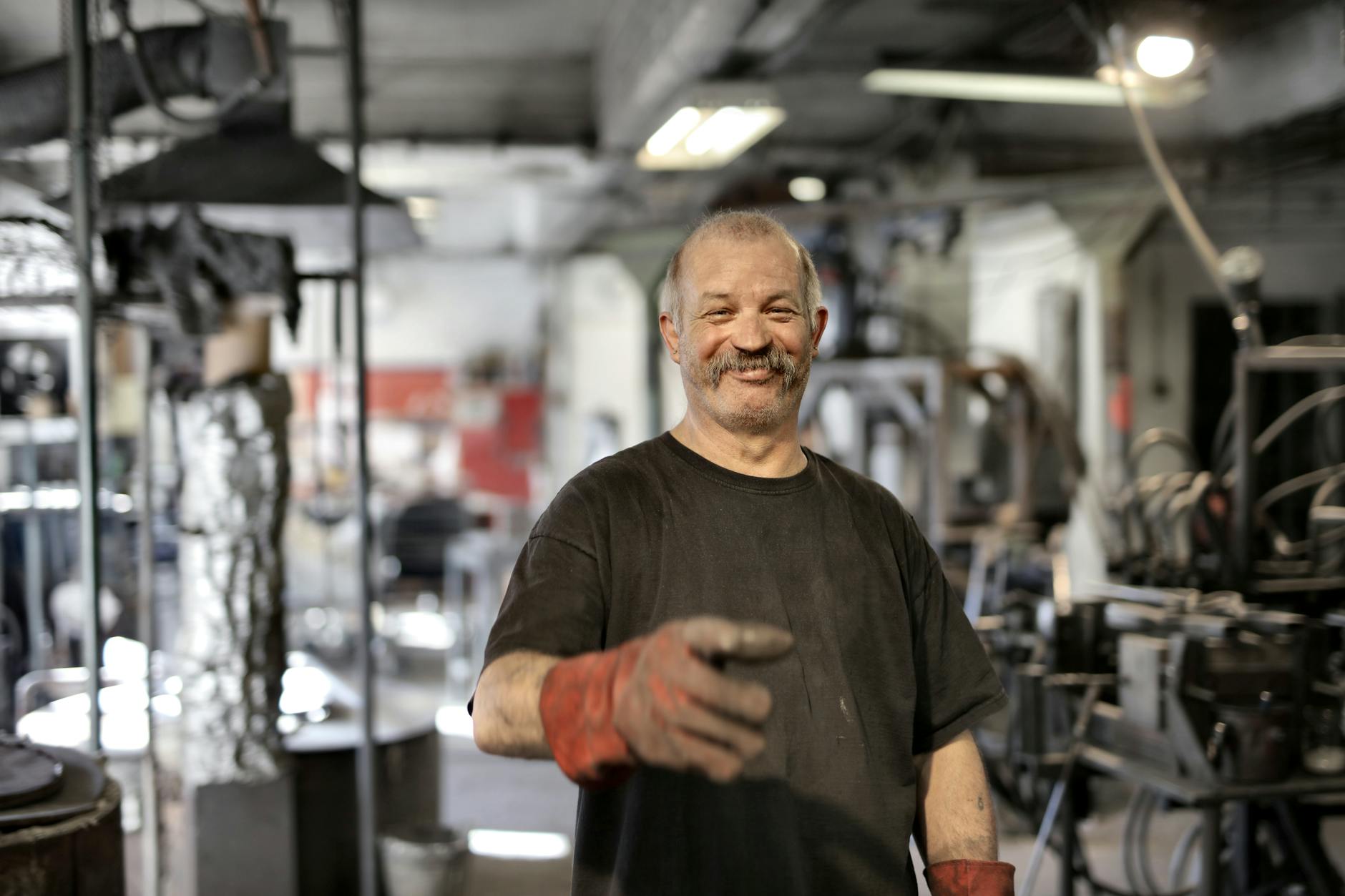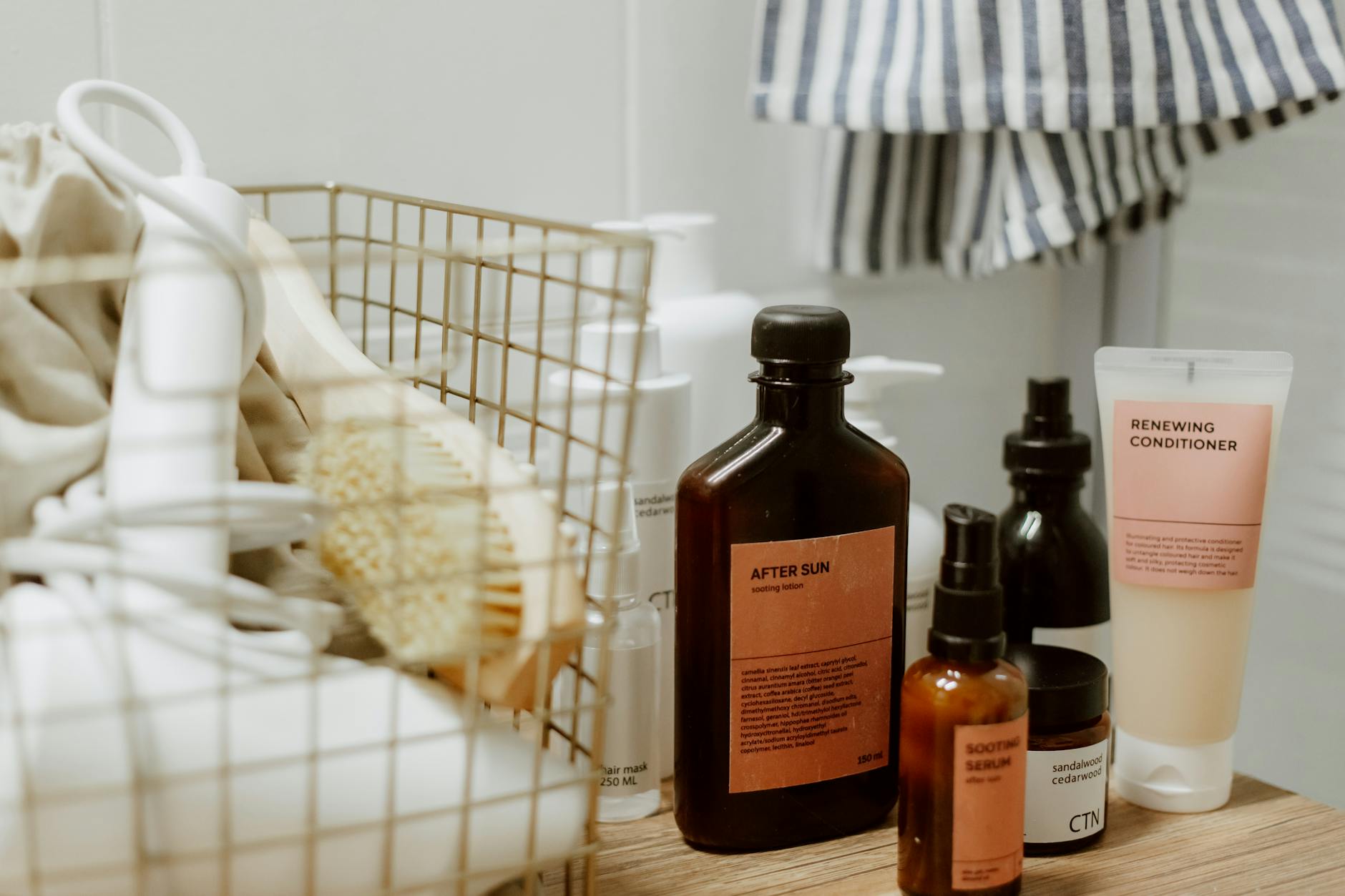Is Australia's Beauty Industry Moving Toward Sustainability?

Examining Australia's Beauty Industry
Australia's beauty industry, particularly in vibrant cities like Melbourne, is undergoing a significant transformation. With rising consumer demand for sustainability, eco-friendly boutiques along Chapel Street have become central to this shift. These shops are pioneering a new wave of beauty practices, integrating natural ingredients and reducing environmental impact. A stroll through Fitzroy reveals innovative cosmetic outlets that focus on products such as organic nail polish, reflecting a growing trend towards sustainable beauty solutions.
Current Practices and Trends
Melbourne's trendsetters are increasingly conscious of their product choices. A medium knowledge level about beauty isn't just about knowing what k18 or organic polish offers, but also understanding their benefits for both personal care and the environment. Locals are opting for items that promise fewer chemicals and greater transparency. This means a surge in popularity for products offering more than just aesthetic benefits—consumers are seeking items that also contribute to environmental well-being.
Industry-Wide Sustainability Initiatives
Across the broader beauty industry, there's a collective push for eco-conscious operations. This includes using biodegradable packaging to minimise waste and sourcing materials sustainably. In places near St Kilda Beach, many natural beauty stores are leading by example, championing products that align with these values. Their efforts illuminate a future where the beauty industry doesn't only cater to personal enhancement but also respects the planet.
Key Stakeholders' Roles
Key stakeholders in the industry, from product developers to retail giants, are essential in driving this change. By prioritising sustainability, they're setting a standard that smaller businesses in Melbourne and beyond can emulate. Their role is crucial in making sustainability a core component rather than a mere add-on, ensuring that beauty products are both delightful and responsibly produced.
Sustainable Product Innovation
In the burgeoning world of beauty, sustainable product innovation is taking centre stage. One of the vital elements in this shift is the creation of eco-friendly formulations. Brands like La Mer are leading the charge by integrating nature-derived ingredients that minimize environmental impact without compromising on quality. These formulations typically exclude harmful chemicals, focusing on botanicals and other sustainable resources.
Another noteworthy aspect is the adoption of recyclable and minimal packaging. In neighbourhoods such as Fitzroy, known for its innovative cosmetic shops, you’ll find products that not only look chic but also embrace sustainability through reduced packaging waste. These eco-conscious options are gaining traction as more consumers become aware of their environmental footprint.
Local sourcing and production are also reshaping the industry. By sourcing ingredients and manufacturing locally, beauty brands reduce their carbon footprint and support the local economy. This is where Clinique sets a noteworthy example, as it focuses on local production to enhance its sustainable practices. In Melbourne, particularly around areas like Chapel Street, eco-conscious boutiques highlight these efforts, allowing consumers to make informed choices that align with their values.
These initiatives underscore the beauty industry's commitment to sustainability, resonating with consumers who are eager to find products that are as kind to the planet as they are effective.
Consumer Influence
Shifts in Consumer Preferences
In recent years, there's been a noticeable shift in consumer preferences as more people focus on sustainable beauty. Many customers, especially those who shop in the innovative cosmetic shops of Fitzroy, are looking for products that align with their environmental values. This means demand for eco-friendly, cruelty-free, and vegan products is at an all-time high. While brands like Clarins have been pioneers in this space, offering natural and effective skincare solutions, consumers continue to push for greater transparency and ethical practices.
The Role of Social Media
Social media platforms are pivotal in shaping consumer behaviours and trends. Many individuals discover and share beauty hacks and eco-friendly tips through Instagram and Twitter. For instance, influencers might showcase products from the eco-conscious boutiques on Chapel Street, demonstrating their commitment to sustainability. Such online discussions often spotlight brands known for using sustainable methods, encouraging followers to make informed beauty choices.
Education on Sustainable Choices
Educating consumers about the importance of sustainable choices is essential to fostering lasting change in the beauty industry. Workshops and seminars around Melbourne, often emphasising brands like Dermalogica, highlight how these companies incorporate environmentally friendly practices into their products. This growing awareness leads consumers to prioritise beauty brands that not only enhance their looks but also support the planet. Through education, consumers can make informed choices that reflect both their beauty and environmental aspirations.
Challenges in Adopting Sustainability
Regulatory and Compliance Issues
Navigating the beauty industry's regulatory landscape in Australia can be daunting. Brands like Lancome perfume must adhere to stringent guidelines that govern ingredient sourcing, eco-friendly packaging, and sustainable production. This makes compliance a challenging yet crucial aspect for companies striving for sustainability. Given Melbourne’s hub of innovative cosmetic shops in Fitzroy, it’s essential for these businesses to align their operations with government regulations while championing eco-consciousness.
Balancing Cost and Innovation
Sustainability often comes with a price, and finding that balance between cost and innovation is a key challenge for brands. While exciting new formulations and eco-friendly practices promise to revolutionize the industry, they demand significant investment. This can be particularly taxing for smaller brands near Chapel Street’s eco-conscious boutiques, which aim to remain competitive without cutting corners on sustainability.
Resistance from Traditional Markets
Despite the gradual shift towards more sustainable and ethical products, there's still a segment of traditional markets resistant to change. This is particularly true for those who have maintained loyalty to classic products like Dior perfume for decades. As a beauty advisor based in Melbourne, I aim to educate individuals about the long-term benefits of sustainable products to overcome this resistance, emphasising why an increase in eco-friendly practices is vital for a greener future. This approach not only requires persistence but also innovation in marketing strategies to engage customers who might be hesitant to adapt.
Best Practices for Sustainability
Strength in Collaborative Efforts
In the heart of Melbourne, you'll find that collaboration is the beating pulse of sustainable beauty practices. Take a stroll down Chapel Street, and you'll witness how local eco beauty brands thrive through partnerships with environmentally conscious supply chains. By forming alliances, they harness collective wisdom and resources, ultimately driving innovation. Whether it’s sharing eco-friendly packaging suppliers or creating exclusive product lines with popular boutiques, these collaborations significantly impact the push towards more sustainable industry practices.
Transparency Through Supply Chains
As a beauty advisor, I can’t emphasize enough the importance of transparent supply chains, which are becoming increasingly vital for brands aiming to foster trust with their consumers. Have you visited the innovative shops in Fitzroy? Many of these places pride themselves on tracing every ingredient back to its origins. Transparent supply chains not only empower brands but also provide consumers with knowledge, ensuring they make informed purchasing decisions. This transparency helps mitigate environmental impacts and fosters consumer confidence, making it a win-win scenario for everyone involved.
Engaging the Community and Gathering Feedback
Lastly, a crucial yet sometimes overlooked aspect is community engagement. Near St Kilda Beach, some natural beauty stores have successfully integrated community feedback mechanisms. By hosting events that allow consumers to share experiences and insights, these places enhance product development and align with consumer expectations. Listening actively to what the community desires leads to more environmentally conscious innovations—an essential practice for any brand committed to sustainability.


